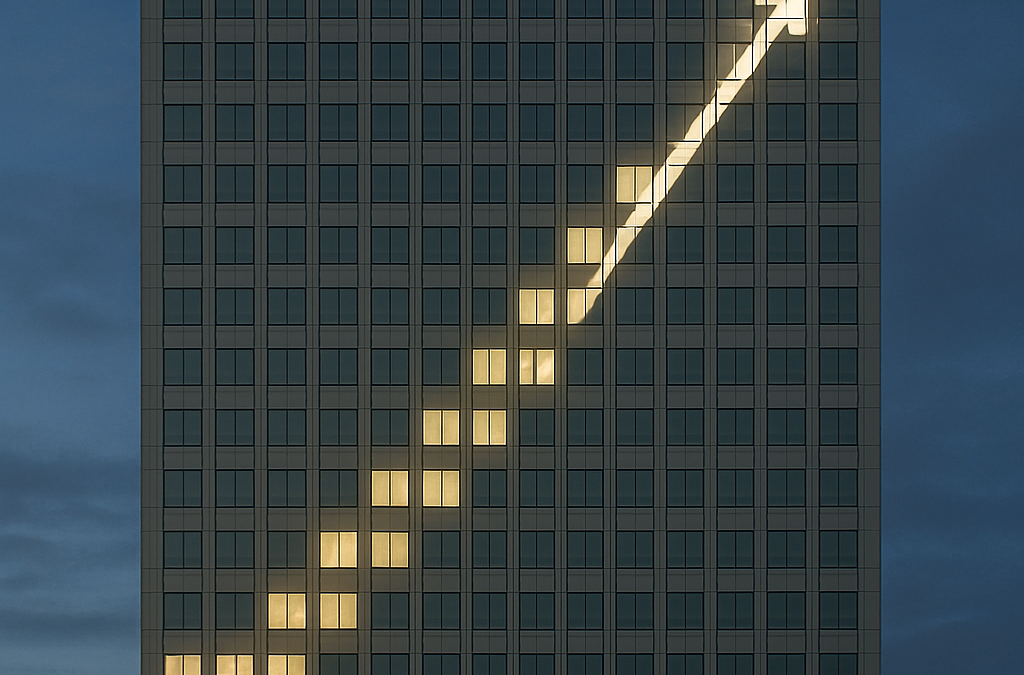LEED stands for Leadership in Energy and Environmental Design. This is a widely recognized and appreciated building certification program that puts a strong emphasis on sustainability and energy efficiency while creating a healthy work environment for on-site employees and customers. It is a voluntary program but more and more building owners are beginning to realize the benefits of being LEED certified. So, let’s consider a few building maintenance tips for LEED-Certified buildings.
Preventive Maintenance is Key
When it comes to achieving and then maintaining your LEED-Certified building, preventive maintenance is key. This means that you should have a routine maintenance schedule established when it comes to regular inspections for building hardware such as HVAC units as well as plumbing and electrical systems in order to ensure energy efficiency.
Other less involved procedures should include regularly replacing air filters, checking duct seals and cleaning the coils on your air handling units. If your building involves renewable energy sources such as solar, you might also want to include a yearly or bi-annual panel cleaning in order to maintain peak performance and, again, energy efficiency.
Make IAQ Your Business
Indoor Air Quality is a big part of the LEED program. This part of the certification is about creating a clean and breathable working environment. Since IAQ is something you literally can’t see, it is often taken for granted. That’s why you need to create a proactive IAQ monitoring program.
This should include maintaining proper ventilation as prescribed by ASHRAE (American Society of Heating, Refrigeration and Air Conditioning Engineers). You will also want to use low-VOC paints and sealants during any repairs or upgrades. It is also recommended that you install CO2 monitors and adjust as needed so that you can establish and sustain maximum air quality comfort for building occupants.
Get Green on Grass
Due diligence is also recommended when it comes to maintaining your landscape. Xeriscaping is an option for businesses with irrigation challenges. This is a process by which low maintenance, low water plants are used to cut down on water consumption. You might also choose to employ drip irrigation systems that can be accessed by way of a Wi-Fi-enabled device such as your phone or tablet. Be sure to avoid applying any synthetic fertilizers or pesticides that might degrade your soil in the long run or leach into local water bodies as run-off and cause harmful algae blooms.
These are just a few quick building maintenance tips for LEED-certified buildings. When it comes to maintaining a green, healthy, robust and energy-efficient environment we hope that a few of these ideas strike home. Please feel free to contact Fernic for any questions you might have about LEED-certification and how our building maintenance experts can help you retain that qualification. Get your hassle-free quote today.

